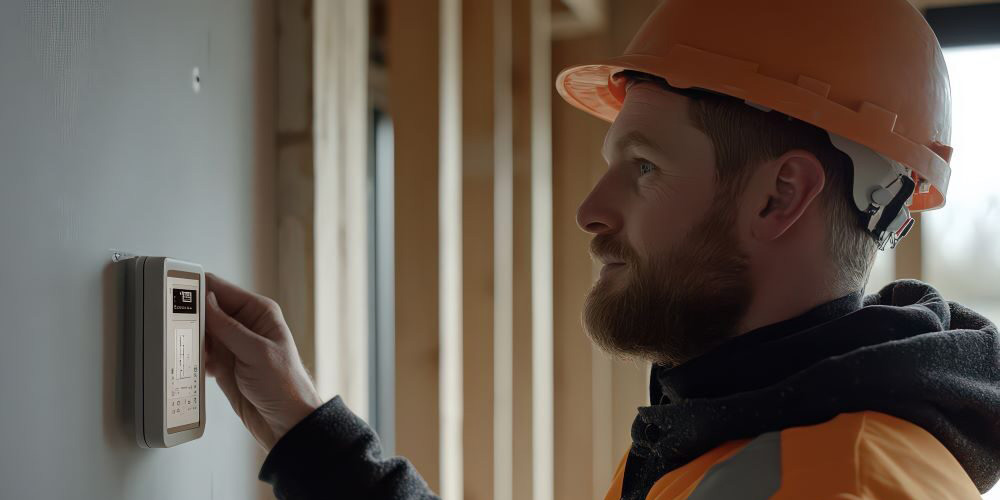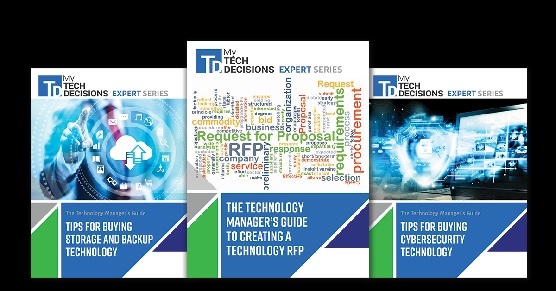Note: The views expressed by guest bloggers and contributors are those of the authors and do not necessarily represent the views of, and should not be attributed to, My TechDecisions.
Universities are filling up with network-connected devices. Smart locks manage building access. HVAC systems run on automated controls. Cameras stream to command centers. Vending machines, printers, thermostats, research tools and classroom displays all connect to the network. The Internet of Things (IoT) is everywhere.
These devices are often invisible to most of campus life, quietly making things run more smoothly. But for IT and security teams, they represent a rapidly growing liability. Each device is a potential entry point for an attacker looking for a path of least resistance. And too often, universities don’t even know what their IoT landscape actually looks like.
The Expanding IoT Footprint in Higher Ed
A modern institution of higher education operates more like a small city than a school. Hundreds of buildings may be tied into the same digital infrastructure, and each department brings its own tools and purchase preferences. Devices arrive from dozens of manufacturers and run software that is rarely standardized. The result is an unmanaged sprawl of smart systems, all connected and all potentially vulnerable.
The first security problem is that many, if not most, institutions still lack a complete inventory of their connected devices. Traditional discovery strategies often miss IoT assets because they communicate over obscure or proprietary protocols. Even when devices are visible, IT teams often don’t know what software they’re running or whether they’ve received recent updates.
The risks become clearer when you consider what these devices actually do. Connected door locks and building systems affect physical security, lab equipment and research infrastructure support time-sensitive or grant-funded work, and classroom technology and signage shape the student experience. Each of these categories carries risk not just to data, but to operations.
Digital Breaches Can Have Physical Security Consequences
Security breaches on campus no longer stop at stolen data, but have the potential to disrupt real-world systems. In a worst-case scenario, that puts people at risk. A compromised building automation system might allow an attacker to disable alarms or unlock secured areas. Access to HVAC systems could shut down ventilation in research facilities or residence halls. Camera systems might be hijacked to track movement or manipulate surveillance records.
These kinds of intrusions were once theoretical. Today, they are plausible and increasingly documented across sectors.
Universities are particularly exposed because they tend to maintain more open and flexible networks than traditional corporate environments. Academic freedom often requires fewer restrictions on network access, and many devices end up getting deployed without central IT involvement. Security policies may vary between departments or not exist at all for operational technologies.
Traditional Campus Security Strategies Miss the Mark
Most campus security stacks are built around endpoints like laptops and servers, but IoT devices are fundamentally different. They typically run stripped-down operating systems that don’t support endpoint agents. Many come with hardcoded credentials that users cannot change. Firmware updates are inconsistent or unavailable, and some devices lack even the most basic protections (like encrypted traffic or secure boot processes).
Conventional scanners often fail to detect them. Network monitoring tools might miss unusual traffic patterns because the devices operate outside expected behavior profiles. The gaps are large enough that attackers can use IoT devices as hidden footholds inside the network without immediate detection.
Device Visibility, Prioritization and Monitoring: A Smarter Approach to IoT Risk
To improve, universities must start with visibility. You can’t secure what you can’t see. Discovery mechanisms designed for IoT can uncover a full inventory of connected devices, including model numbers, firmware versions, and communication patterns. The strategy must rely on behavioral analysis, not just IP scans, to surface the devices that traditional systems miss.
Once visibility is established, prioritization becomes key. Not all devices present the same level of threat. A vulnerable light sensor behind a firewall might be low risk, while a connected access control panel exposed to the open internet is far more urgent. Universities should consider factors like how devices are segmented on the network, what privileges they have, and what kinds of traffic they generate.
Real-time behavioral monitoring adds an essential layer. IoT devices tend to behave predictably. A thermostat shouldn’t start making DNS requests or communicating with external command and control servers. When anomalies occur, they need to be flagged and acted on immediately.
From Detection to Containment
Once a threat is identified, containment must happen quickly. The longer a compromised device remains online, the more time an attacker has to move laterally. Automated isolation, packet capture, and investigation workflows allow campus teams to respond before an incident spreads.
Speed matters because the stakes are growing, and campus operations depend on uptime. Building access, lab integrity, and student services all rely on digital infrastructure working as expected, so a single compromised camera or lock can cascade into a serious operational failure.
Start Now to Get Ahead
Universities can act now without overhauling everything at once. The most important step is to begin discovering what’s on the network and where the gaps are. Prioritize the systems that support critical operations. Look at who owns which devices and what policies govern them. Start separating operational technology from academic and administrative networks wherever possible.
From there, teams can build a roadmap. IoT procurement processes should include baseline security requirements for all new devices. Update schedules should be set and tracked, and security policies should reflect the fact that many devices on campus cannot be patched or monitored like traditional endpoints.
Cultural change also plays a role and, in some ways, can be the most challenging factor. But ideally, facilities, IT, and academic departments will treat IoT security as a shared responsibility. Open communication and shared tooling help build consistent coverage across campus.
A Critical Moment for Higher Education
IoT devices will continue to scale, but universities have an opportunity to get ahead of the threat. With visibility, context, and faster responses, they can turn a chaotic sprawl of devices into a manageable and secure foundation. The longer they wait, the more difficult it will be to close the gaps.
Another version of this article originally appeared on our sister-site CampusSafety on August 4, 2025. It has since been updated for My TechDecisions’ audience.
Shankar Somasundaram is the CEO of Asimily.
If you enjoyed this article and want to receive more valuable industry content like this, click here to sign up for our digital newsletters!










Leave a Reply